
Tata Curvv, Curvv EV Get 5-star Crash Test Safety Rating from Bharat NCAP: Watch Video
In the most recent round of Bharat NCAP safety crash tests, the Tata Nexon ICE, Curvv ICE, and Curvv EV received 5-star ratings.
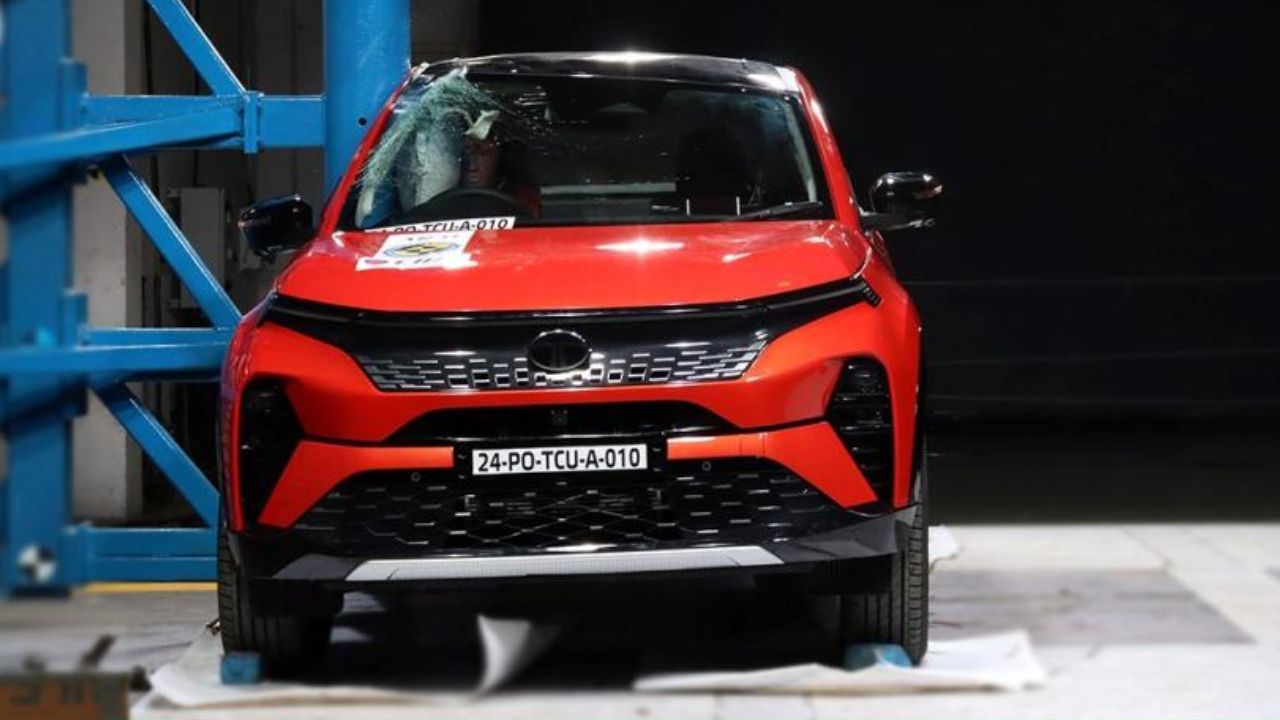
Bharat NCAP has announced the crash test safety ratings for a range of Tata models, including the Nexon ICE (internal combustion engine), Curvv ICE, and the Curvv EV. All three cars have received 5-star safety ratings, with varying scores for adult and child occupant protection. In our market, the ICE Nexon SUV retails for Rs 8 lakh, while the Curvv costs Rs 10 lakh. The Curvv EV, on the other hand, is priced at Rs 17.49 lakh. These are starting and ex-showroom prices. Let's take a closer look at the BNCAP safety results of these Tata cars in detail.
Tata Nexon ICE: Crash Test Ratings Explained
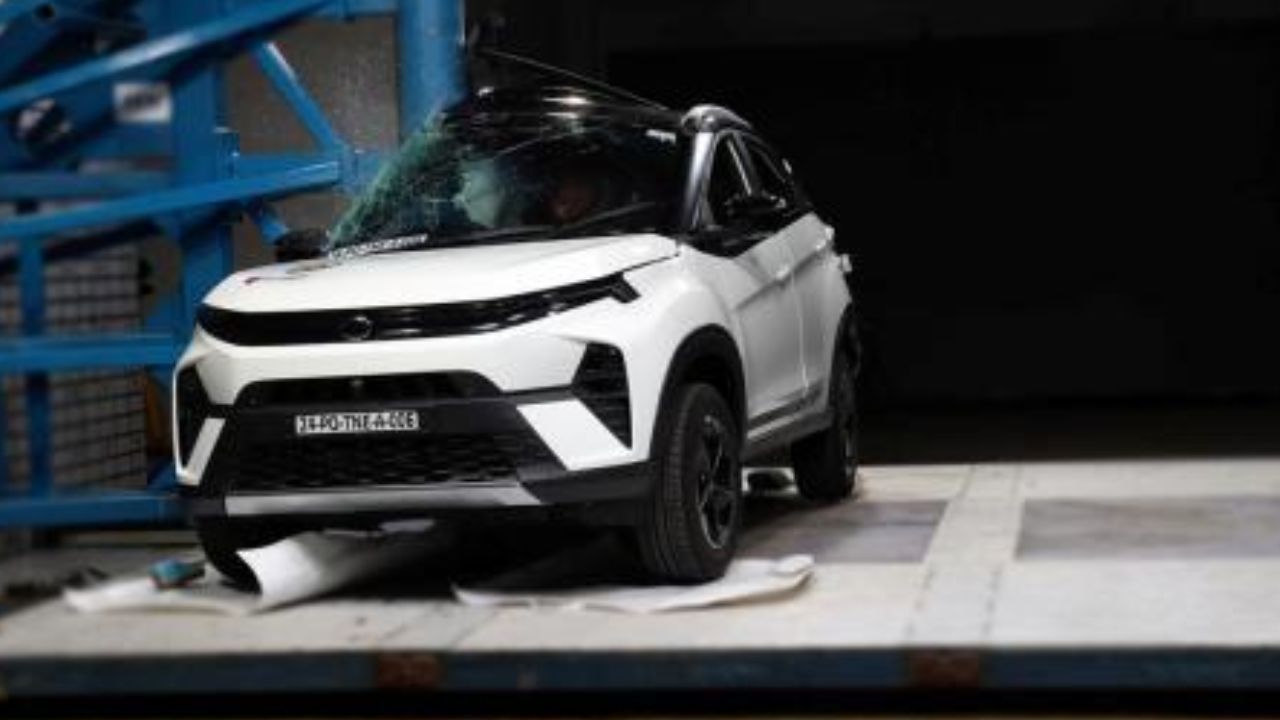
The Nexon ICE received 29.41 points out of 32 for Adult Occupant Protection. The SUV demonstrated good head and neck support for both the driver and the passenger during the frontal offset deformable barrier crash assessment. The driver's chest was adequately shielded, which contributed to an overall rating of 14.65 out of 16. Moreover, the tibias of the front occupants were identified to be adequate.
In the side moveable barrier test, the protection for the driver's head and abdomen was deemed satisfactory and the chest was assessed as adequate, resulting in a score of 14.76 out of 16. During the side pole test, the driver's head, chest, abdomen, and pelvis all showed good protection.
Also Read: Citroen Basalt Gets 4-Star Crash Test Safety Rating from Bharat NCAP: Watch Video
Coming to the Child Occupant Protection, Tata's compact SUV received an overall rating of 43.83 out of 49. It attained a dynamic score of 22.83 with the incorporation of the child restraint system. The dynamic score was 4 out of 4 for the 18-month-old child's side protection and 7 out of 8 for the front. However, for the 3-year-old child's front and side protection, the dynamic scores were 7.83 out of 8 and 4 out of 4, respectively.
Tata Curvv ICE: Crash Test Ratings Explained
In the Adult Occupant Protection, the ICE version of the Curvv SUV Coupe achieved 29.50 out of 32. It showed good head, neck, and chest protection for both the driver and the passenger during the frontal offset deformable crash assessment. However, the driver's left leg protection was described as marginal, which led to an overall rating of 14.65 out of 16. During the side movable barrier evaluation, the driver's head and abdomen protection was found good, but the chest support was considered adequate. This led to a score of 14.85 out of 16. Talking about the side pole test, the driver's head, chest, abdomen, and pelvis all demonstrated good protection.
The Curvv obtained 43.66 points out of 49 for child occupant protection. It received a total dynamic score of 22.66 with the utilisation of a child restraint system. The dynamic score was 4 out of 4 for the 18-month-old's side protection and 7.07 out of 8 for frontal protection. On the other hand, the 3-year-old child's dynamic scores were 4 out of 4 (side protection) and 7.59 out of 8 (front protection), respectively.
Tata Curvv EV: Crash Test Ratings Explained
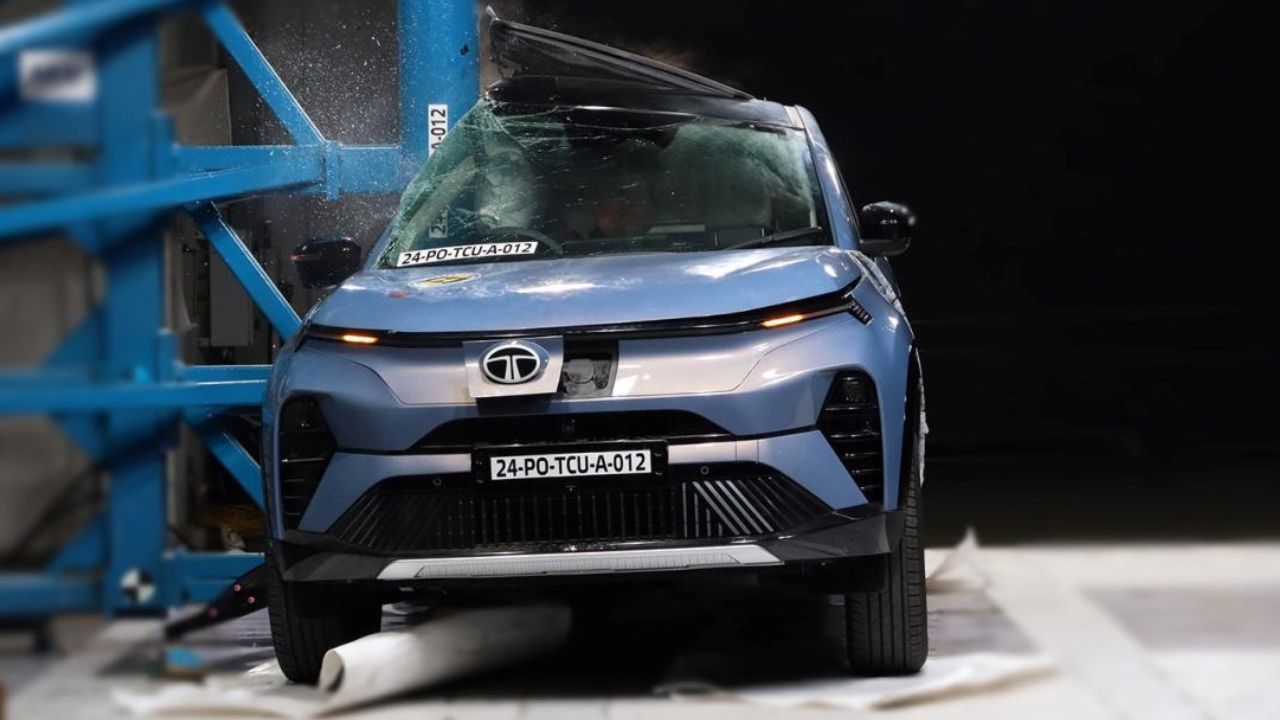
The electric Curvv received 30.81 points out of 32 in Adult Occupant Protection. It provided good head, neck, and chest protection for the driver and co-driver. However, the driver's and co-driver's left leg protection was regarded as adequate. In the frontal offset deformable barrier test, the electrified model received 15.66 out of 16.
Coming to the side moveable barrier test, the SUV Coupe scored 15.15 out of 16. The driver's head and abdomen were well-protected, although the chest was deemed adequate. In addition, there was good protection for the driver's head, chest, abdomen, and pelvis during the side pole test.
Also Read: Bharat NCAP Launches QR Code Safety Rating Stickers for Cars Tested Under the Programme
In the Child Occupant Protection, the Curvv EV obtained 44.83 points out of 49. It earned 23.83 points in the dynamic child occupant protection test with the use of a child restraint system. The dynamic scores for the front and side protection were 8 out of 8 and 4 out of 4, respectively for the 18-month-old child. In contrast, the dynamic scores were 7.83 out of 8 (front) and 4 out of 4 (side), respectively for the 3-year-old child protection.


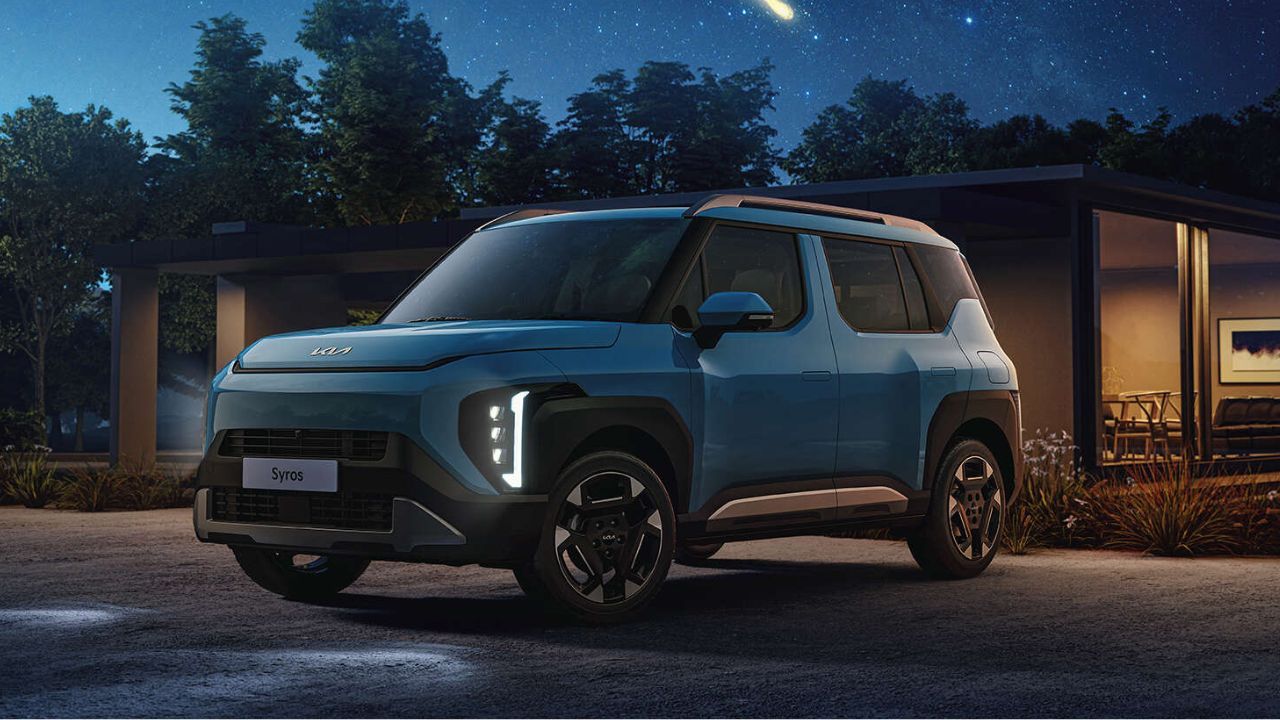
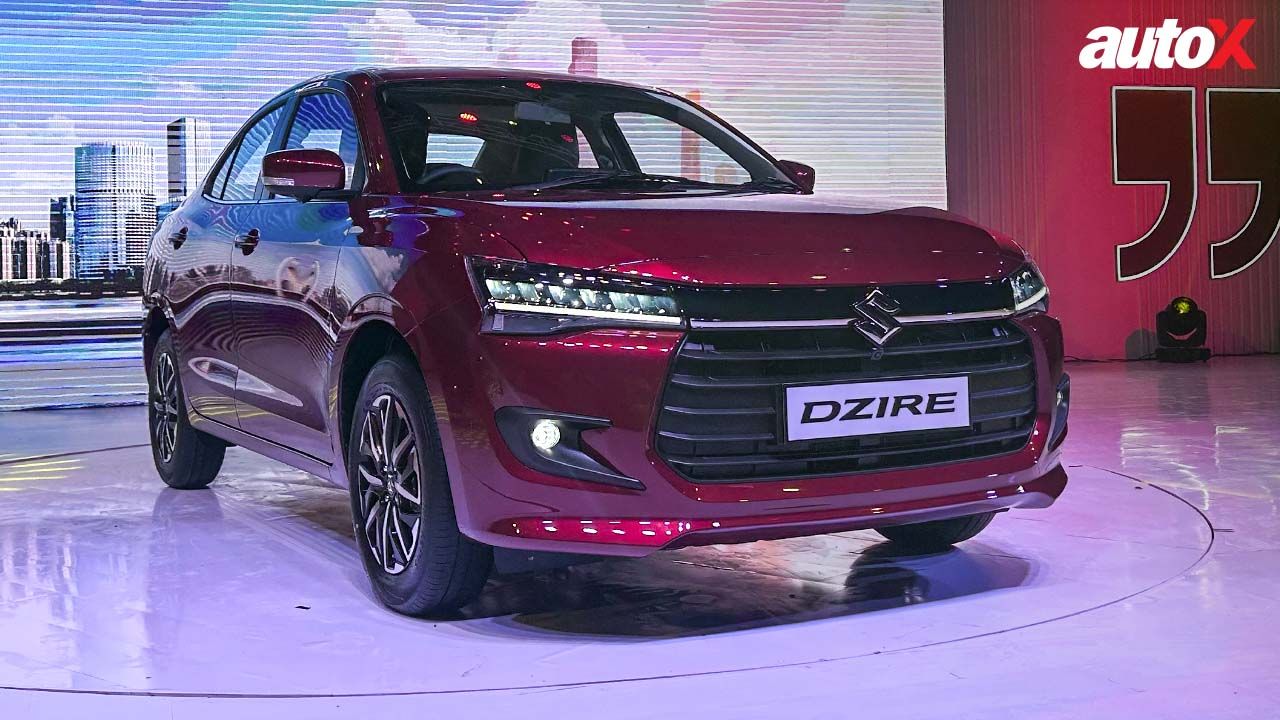
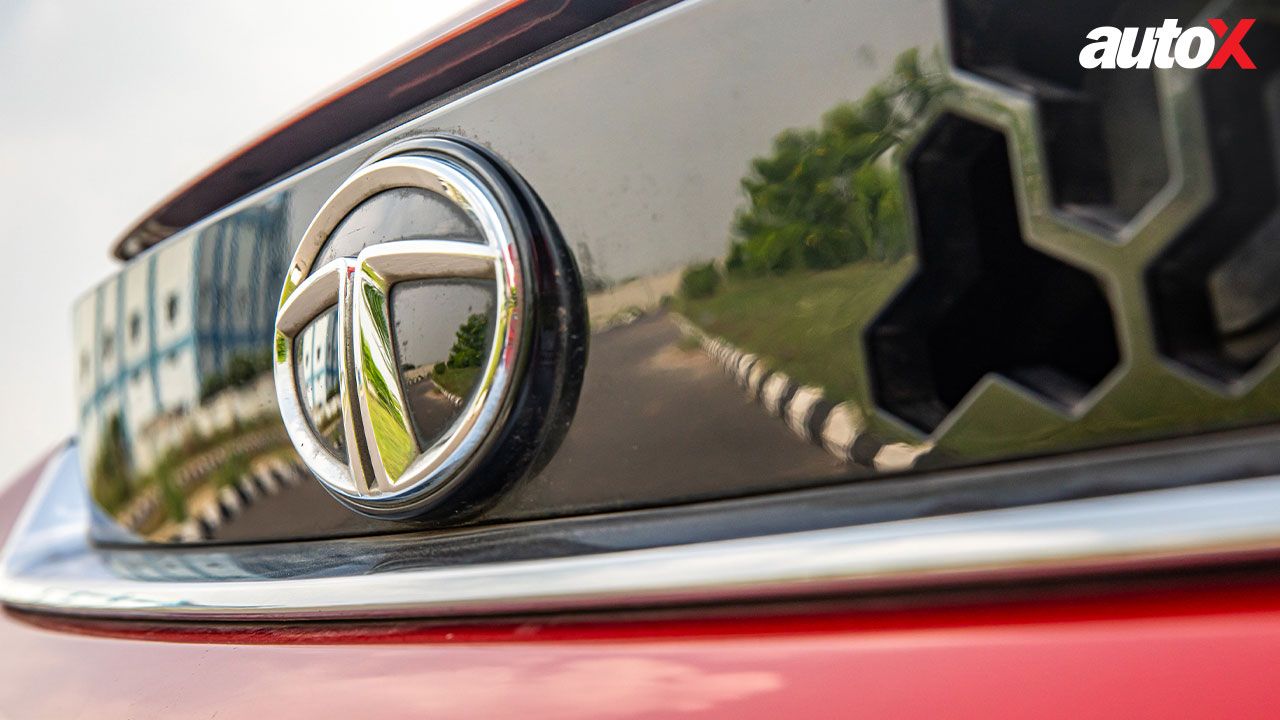
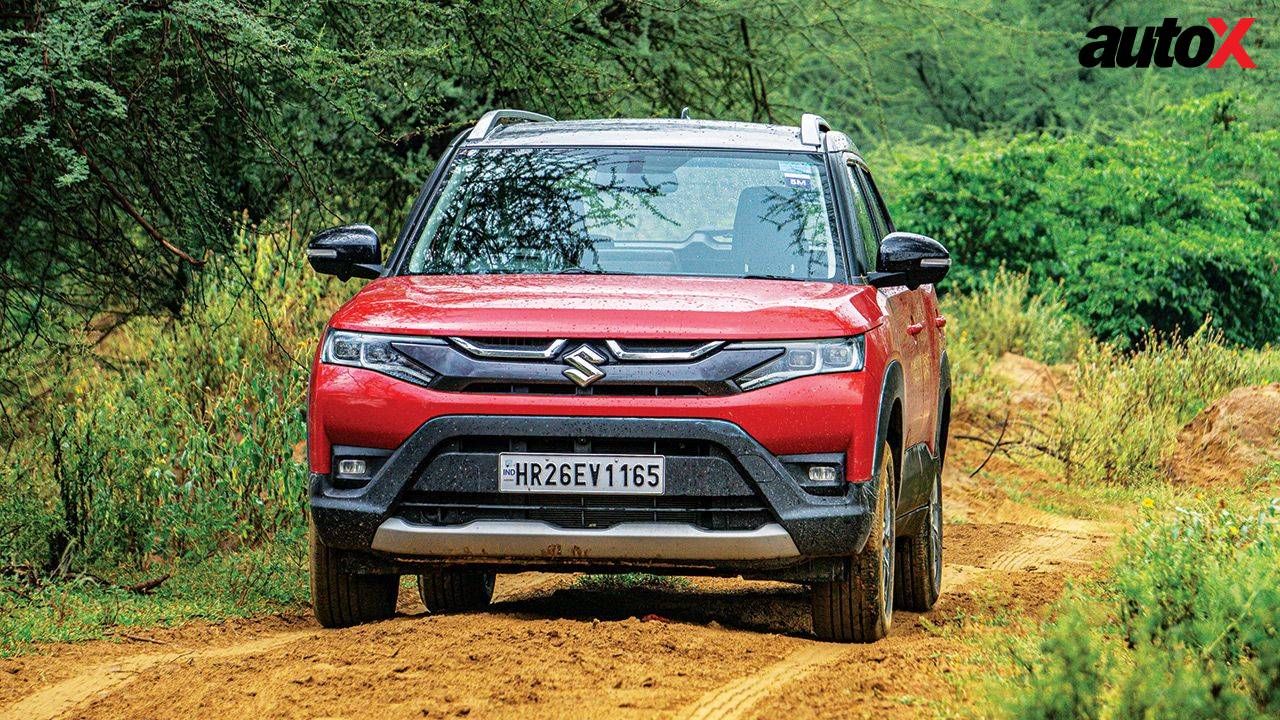
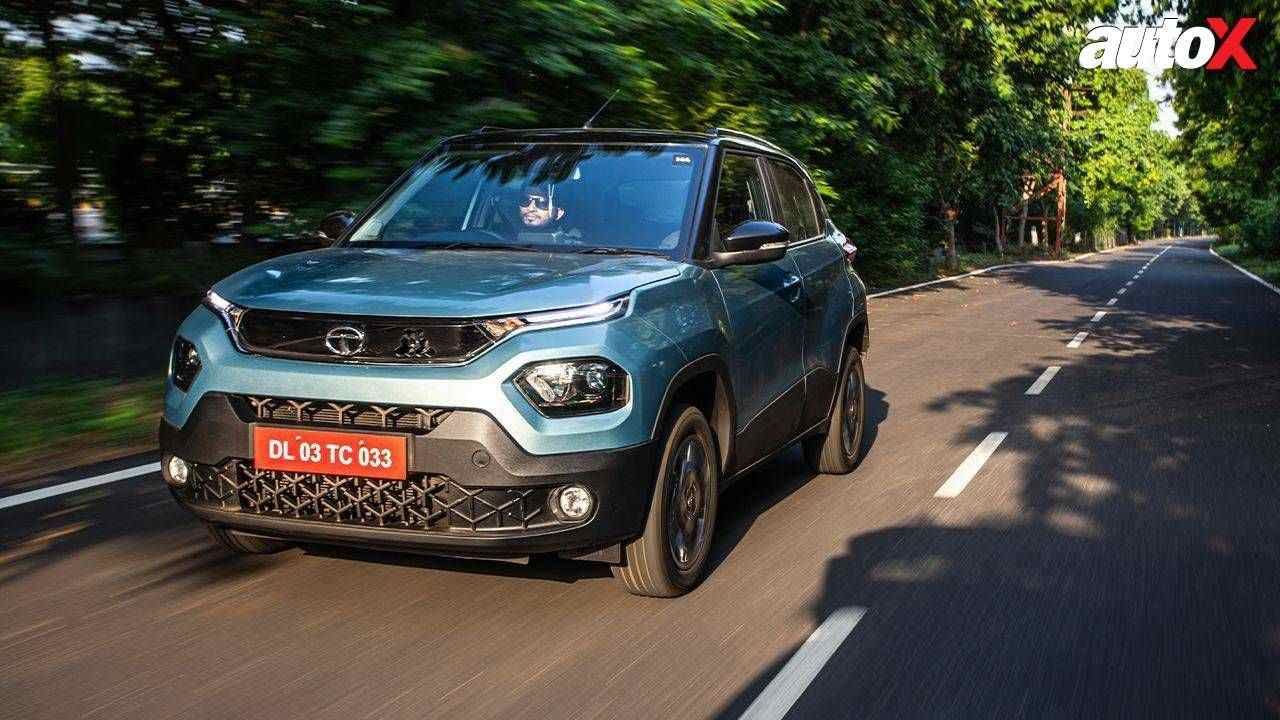
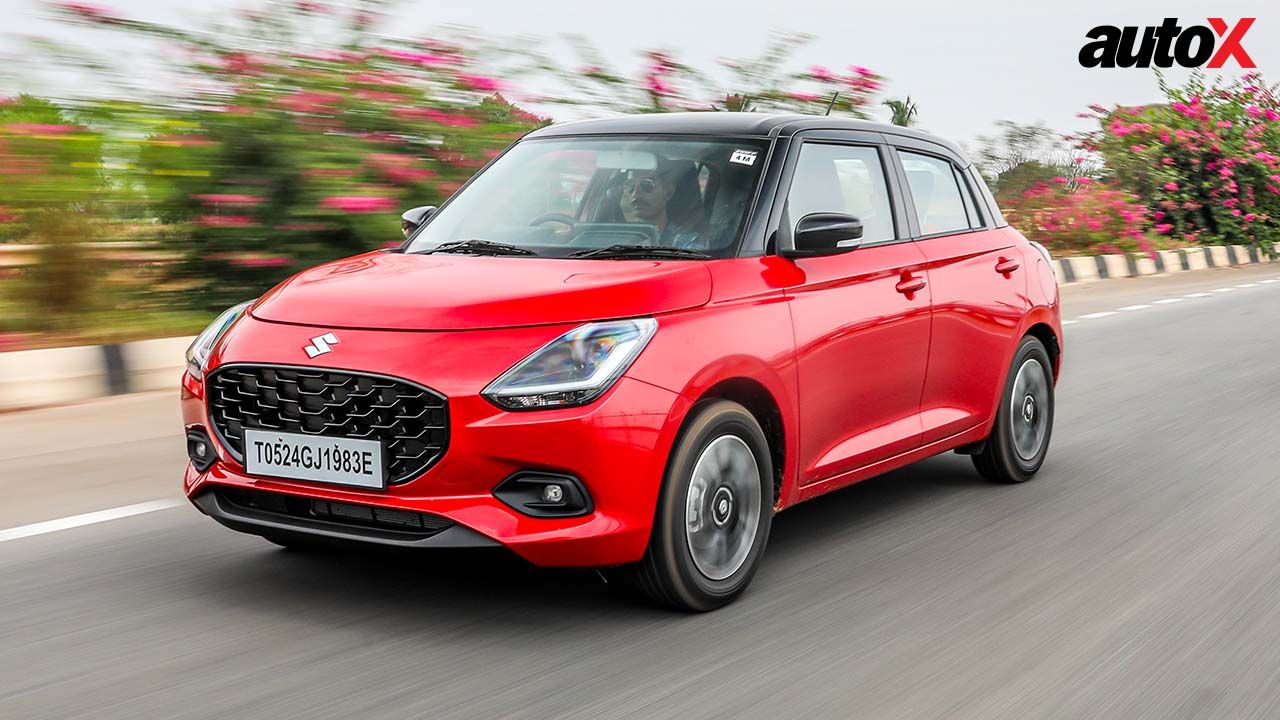

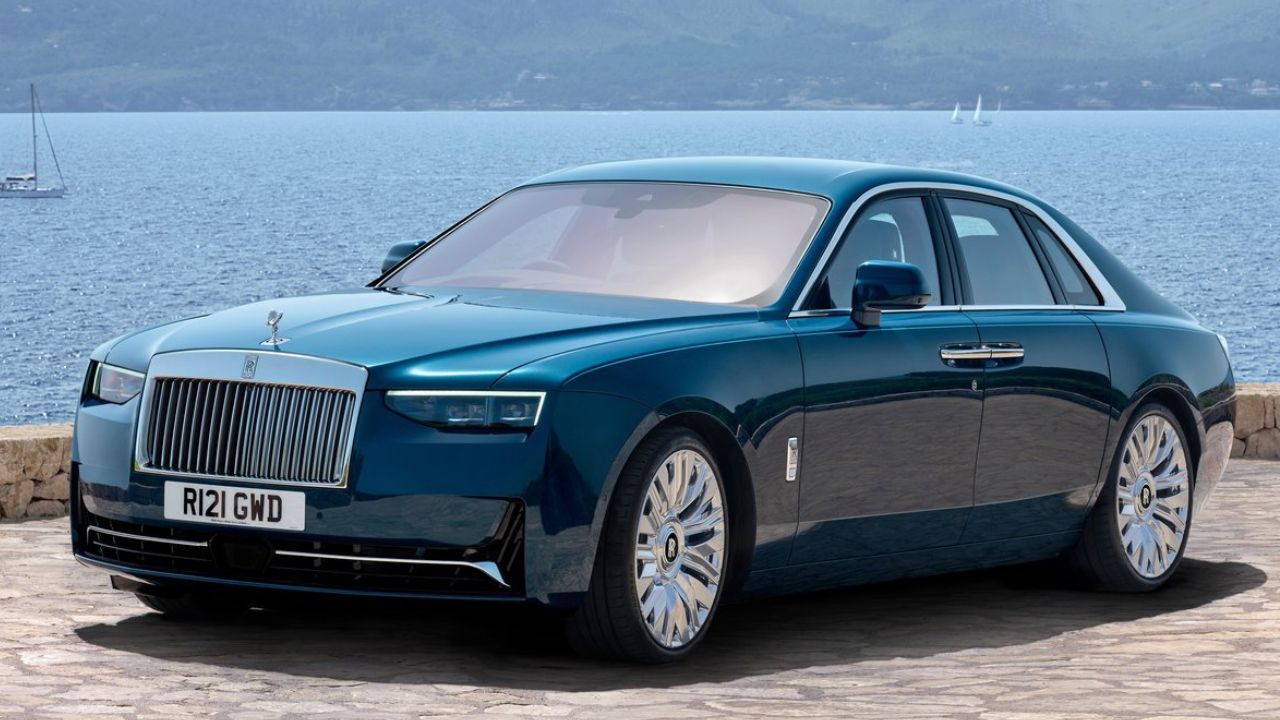
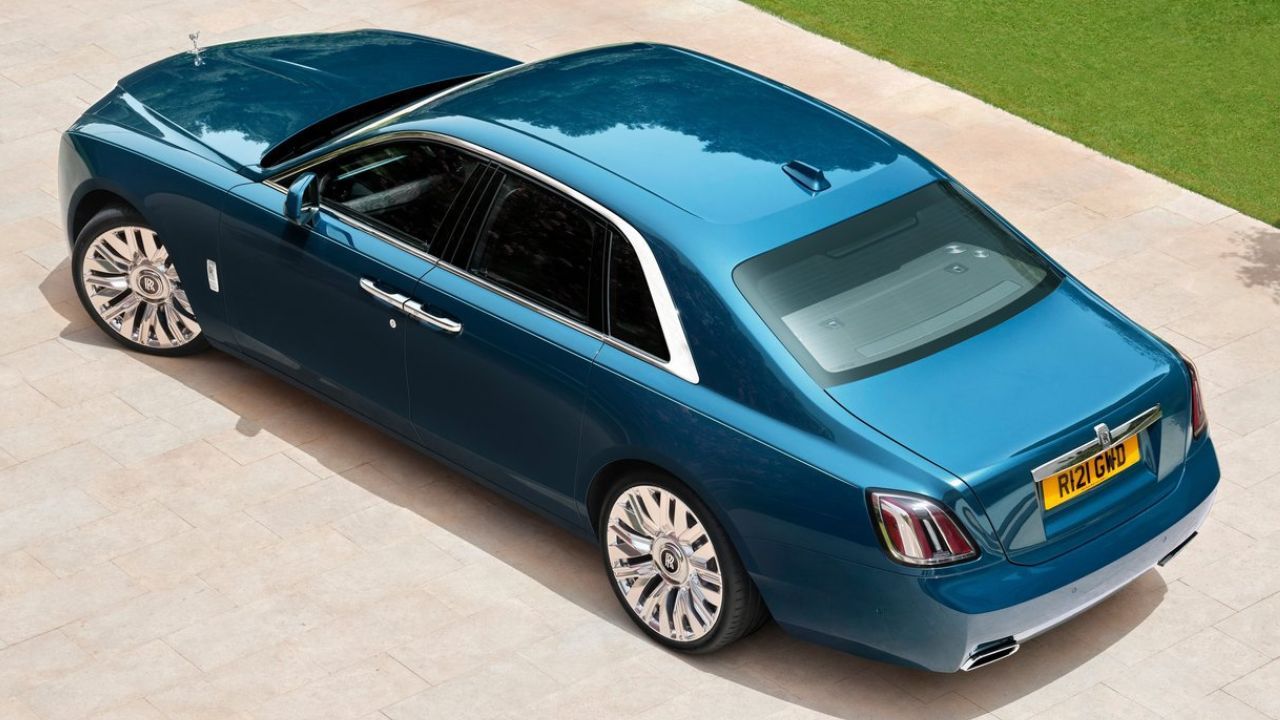
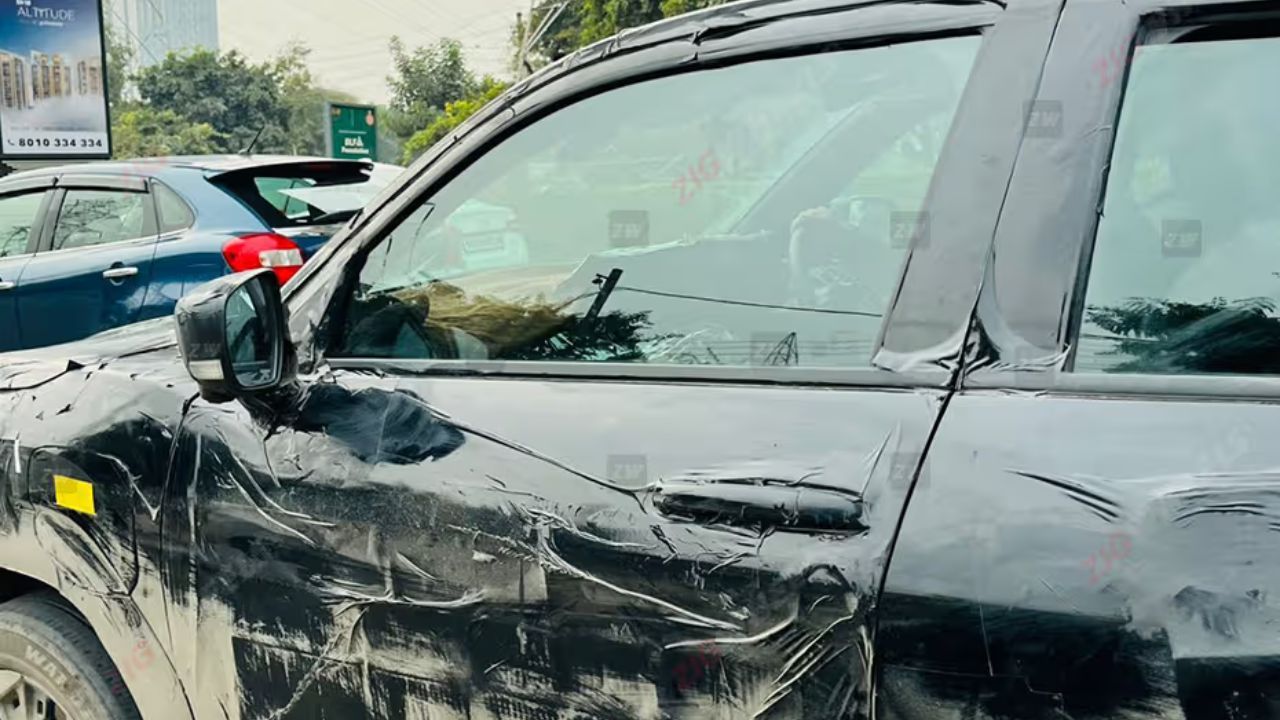
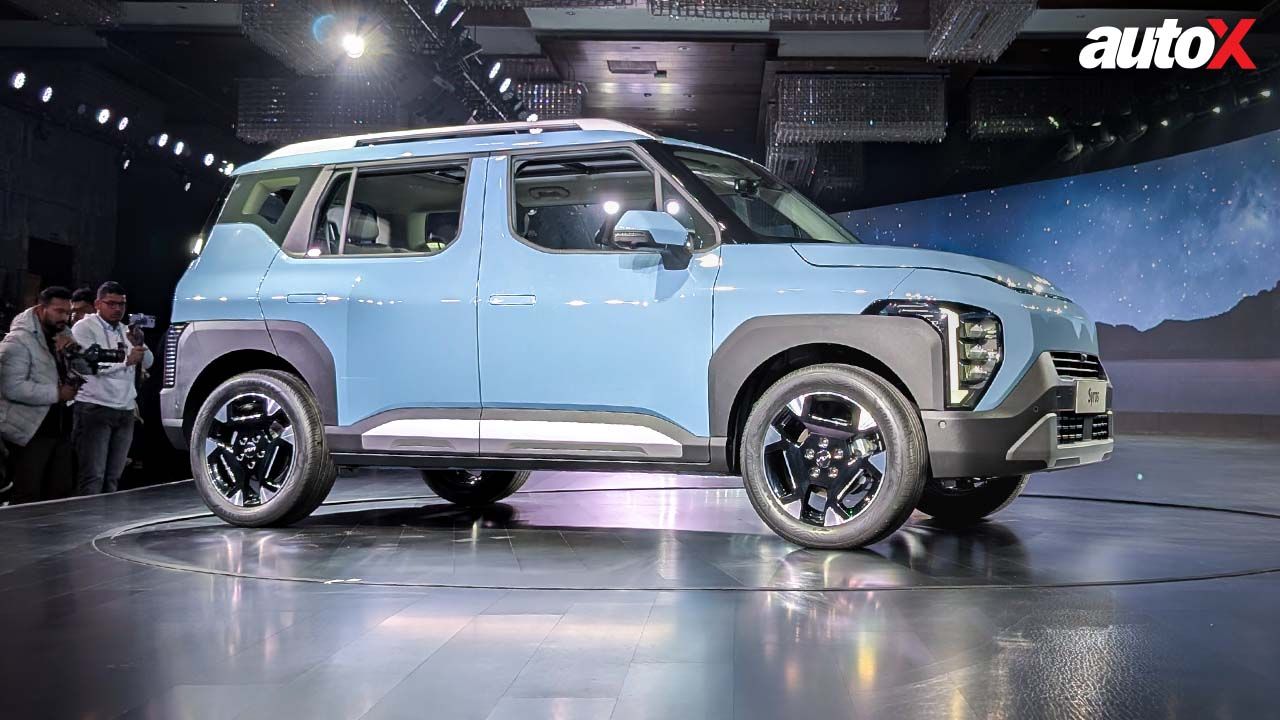
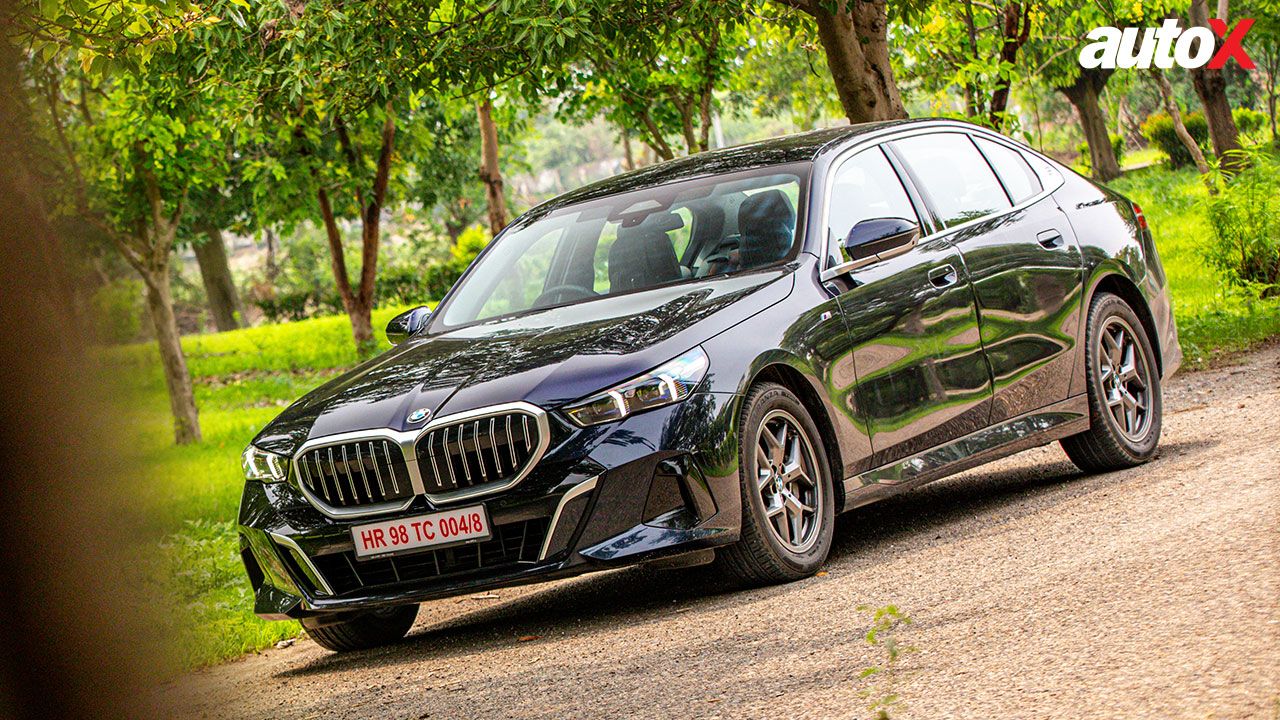
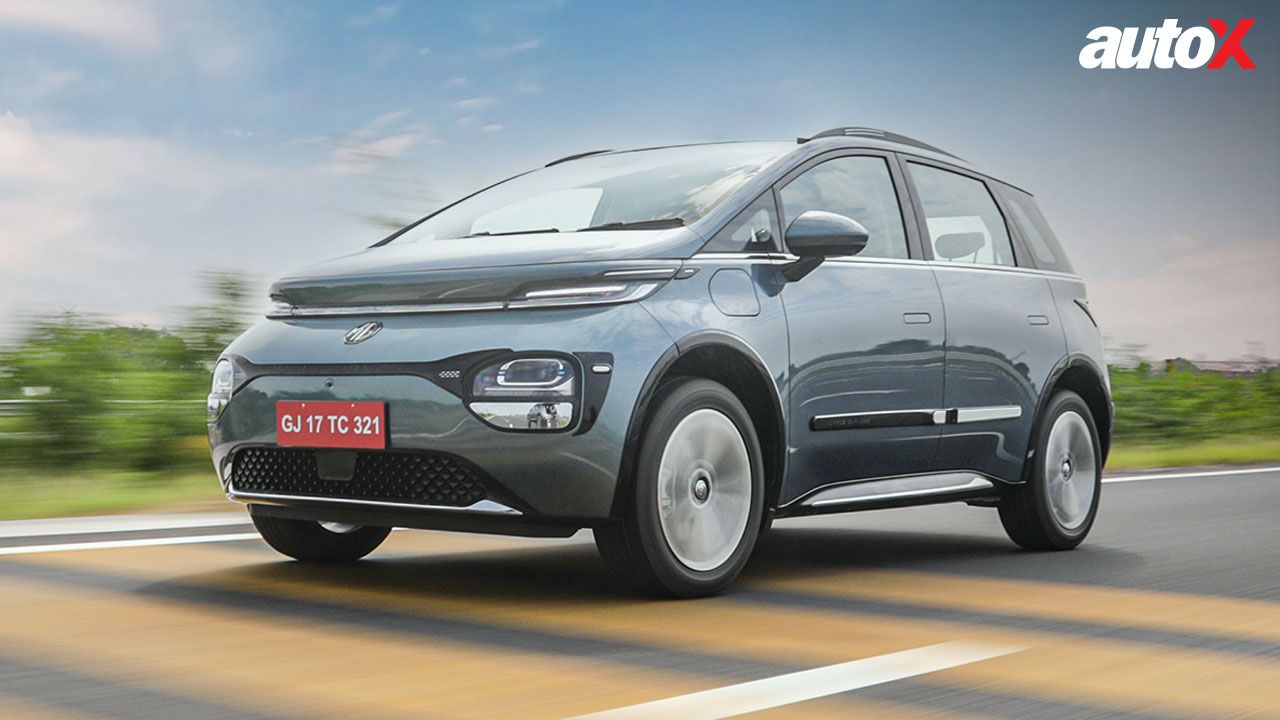
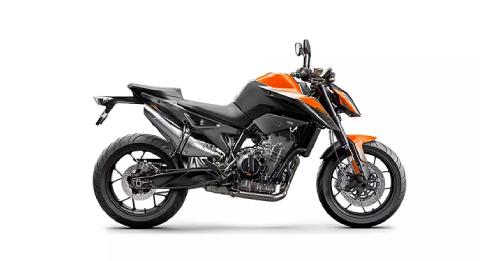
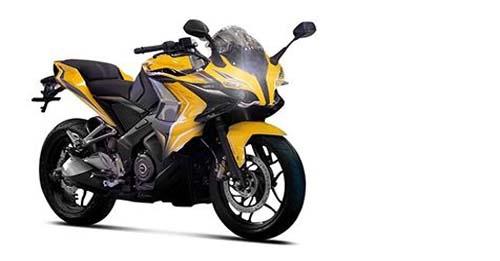
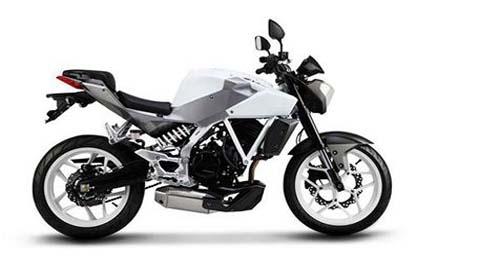
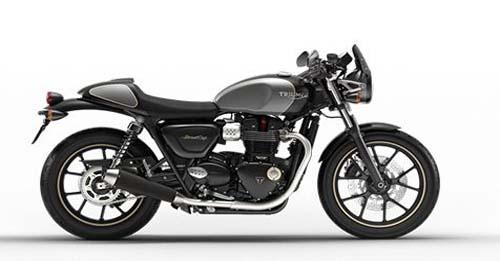
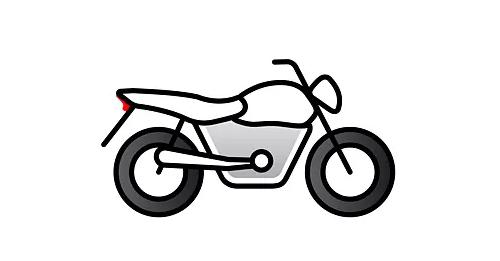
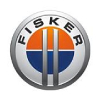
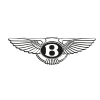





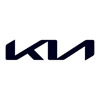

Write your Comment on